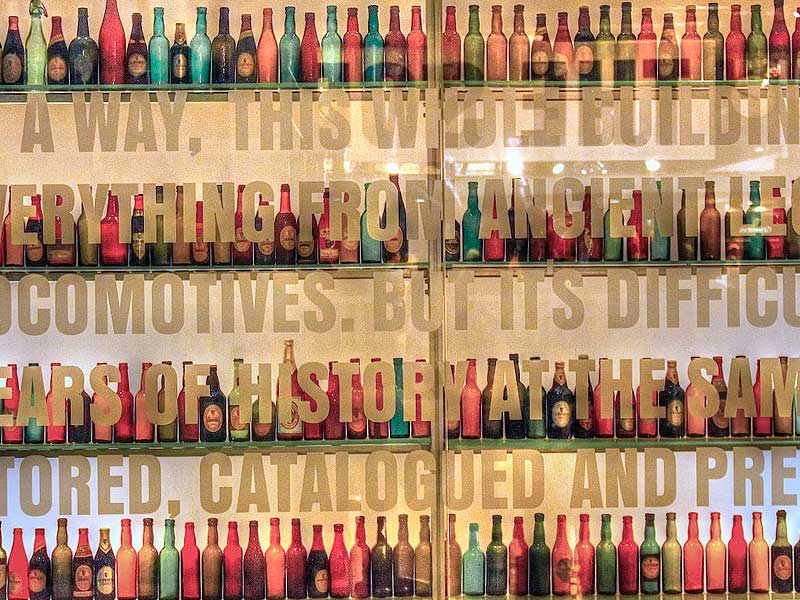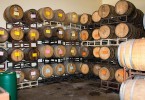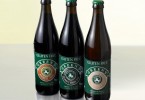How to choose the yeast for beer to personalize the final result?
The fermentation and the role of the yeast
The beer, as for wine, has to ferment to create the must for the final product, that we all know very well. To choose the yeast for your beer, the first thing to know, is that the yeast is just a unicellular organism that, reproducing itself, contributes to the fermentation of the beer.
The process take place in three phases: respiration, fermentation and sedimentation. In the first phase, that lasts from 2 to 24 hours, the yeast gets ready for the fermentation, storing the oxygen of the must. In the second phase, that can last from 3 to 6 days, each cell of yeast reproduce itself splitting in two, transforming the sugar into carbon dioxide and ethyl alcohol. Finally in the third phase, the yeast that has consumed all the sugars, sediment in the bottom of the fermenter. This phase can last from 1 to 2 days; considering that the yeast contributes to the taste and the alcoholic graduation of the beer, it is necessary to pay attention to the choice and the use of this last unicellular organism.
Type of yeast and beers
The yeast used to produce beers belongs to two big families: Saccharomyces cerevisiae and Saccharomyces uvarum (Carlsbergensis). The first is used in the high fermentation beers and it is activated when the liquid reach a temperature between 12 and 20 Celsius degree. Its fermentation produces a high quantity of foam. Using a yeast that belong to the family of Saccharomyces cerevisiae it is possible to obtain a beer with an aromatic and fruity taste. The most popular beers produced using this type of yeast are Ale, India Pale Ale, Scotch Ale, Bitter, Stout, Dubbel, Tripple, Alt, Weizen, Kolsch, Barley Wine. The second type of yeast is used to produce low fermentation beers, like: Dortmunter, Vienna, Lager, Helles, Dunkel, Pilsner, Marzen and Helles.
The Saccharomyces uvarum (Carlsbergensis) starts to ferment at low temperatures, enclosed between 4 and 15 degrees and its action takes place on the bottom of the container. It is easy to recognize the beers that use this yeast, thanks to their characteristic aroma of malt. Finally, there is a beer, called Lambic, that combine the action of some yeasts and bacteria in the air. These beers are produced in Belgium, in the south-west part of Bruxelles, more precisely in the area called Pajottenland. The taste of this unique beer is pretty dry and winy with a acid aftertaste.
What is the Starter and how to reuse the yeast
The so called Starter is necessary to start the process of fermentation, it is a mini beer. It is similar to the process to create the mother dough: practically water and malt boil together for a quarter of hour. The mix cools down and then the yeast is added. Leave rest for 24 hours in a clean container, not closed hermetically.
Choosing the yeast you have take into consideration that the powdered yeast is easy to use, but the liquid one assures a best result and allow to the producer to select the type of beer more carefully. As for the yeast into pat, it ferments in the right way but usually it doesn’t sediment in the right way. If you want you can reuse the yeast when you bottle the beer, remove it from the bottom of the fermenter and preserve it in the fridge. Before using it, create a starter.







